Blizzard Mock Orange
$34.50 Original price was: $34.50.$24.15Current price is: $24.15.
- Free Shipping over $25
- Fast & reliable delivery options
- Enjoy top quality items for less
- Multiple safe payment methods

In colder parts of the country every flowering shrub is precious. Some are unreliable, missing a year when winter is especially hard, or not making the big show of blooms seen in warmer areas. Reliable bloomers, especially if they have the bonus of delicious fragrance, should never be ignored. In chilly zones, and in warmer areas too, the Mock Orange is always a winner. A popular garden shrub for a very long time, most of the older kinds of Mock Orange came from Europe, but American has its own native ones. Growing all through the northwest is one that is especially hardy and reliable, and there is a selected form of that plant that is simply gorgeous. Smothered in white, fragrant blooms for all of June, and wafting delicious perfume across your garden, the Blizzard Mock Orange is also astoundingly hardy, and this must be the most reliable shrub of quality for planting in zone 2, where winter lows can plunge to minus 50. For shrub beds or foundation planting, this is a bush for every garden.
Growing the Blizzard Mock Orange
Size and Appearance
The Blizzard Mock Orange is a deciduous shrub with an upright form, reaching around 5 feet in height, and about 3 feet wide. Older plants may be a little bigger. The branches grow upwards, making a dense, neat plant that looks attractive even out of bloom. The oval leaves, about 3 inches long and 2 inches wide, are pointed, with some small serrations along the edges, and a rich, dark green. In fall the leaves turn golden yellow, with tan or purple tones as well.
But, of course, it is the blooms that are the big deal, and when this bush is in bloom it really does look like a blizzard has swept through your garden. The 4 to 6 snow-white petals make a flower that is a full 2 inches across, almost double the size of those on the wild native plant that is its parent. The flowers are carried in generous clusters of about 10 blooms, all along the branches, smothering the bush in blossom for a full four weeks, typically in June in most areas. The perfume is strong and delicious, combining orange blossom and jasmine, and making this plant perfect beneath a window, or by a garden seat. The fruits are insignificant, and usually removed when you prune.
Using the Blizzard Mock Orange in Your Garden
This shrub is the ideal size for the middle of a larger shrub bed, or the back of a smaller one. Grow it against a fence and plant smaller shrubs in front. Group it with both earlier-flowering and late-flowering bushes to create a continuous display from spring to fall. Use a single plant as a specimen or plant a group to fill larger spaces. You could also grow a row to separate one part of the garden from another. Tuck one beneath a window of your home, to enjoy that delicious perfume just when you are throwing the windows open to enjoy the warm weather of early summer.
Because this is a native plant, it is ideal for natural gardening, and it fits well along the edges of woods, or among wild plants. The flexible branches make it possible to grow it flat against a wall or fence, tying back the stems as they grow, and that way you can add more color and fragrance without taking up any room at all. You could also grow it on a lawn in a smaller garden, perhaps beside a pathway, as a free-standing specimen, to enjoy its beauty as you pass by.
Hardiness
The Blizzard Mock Orange is certainly one of the hardiest flowering shrubs available. It suffers almost no winter damage at all even when grown in zone 2, and in all other zones it is completely and reliably hardy. Amazingly, it will also grow well in hotter regions, so everyone can enjoy this beautiful plant, wherever you live.
Sun Exposure and Soil Conditions
Flowering most profusely in full sun, the Blizzard Mock Orange will also grow with some partial shade, so it is ideal along the edges of beds with trees, which is close to how it would grow in the wild. It grows in all kinds of garden soil, except for wet ones, and it is vigorous and generally pest and disease free.
Pruning and Maintenance
The Blizzard Mock Orange is simply to grow, but it does benefit from annual pruning. Do this once the petals have all fallen from the last of the blooms. Don’t delay too long, or you will see fewer blooms the next year. Remove some of the tallest stems right at the ground, or at a low new stem, if one has formed. Trim back the main branches by about one-third and remove some of the smaller branches that had a lot of flowers on them. The aim is to leave all the new, non-blooming stems, and encourage more. The plant should look open and airy when you have finished pruning it. That’s it! No other care is needed for this easy plant.
History and Origin of the Blizzard Mock Orange
There are several species of Mock Orange that grow wild in America. One is Philadelphus lewisii, which was discovered by Meriwether Lewis, of the famous 1806 Lewis and Clarke Expedition. It grows from northern California, Idaho, and Montana into British Columbia and Alberta. John Wallace worked at the Agriculture Canada Research Centre in Morden, Manitoba. In the early 1960s he collected some seed of this plant in southern Alberta. For about 10 years he kept sowing seed, choosing the best plant, and sowing seed from that one. After several cycles he found one plant with flowers twice as large as on wild plants, and that was very winter hardy. He named it ‘Blizzard’, and after years of testing it was released to nurseries in 1994.
Buying the Blizzard Mock Orange at The Tree Center
We always try to carry the best plants, and without a doubt, ‘Blizzard’ is the best Mock Orange for colder gardens, and in fact for any garden. It is difficult to source plants of this quality, and they never stay in our stock for long. Order now and enjoy the sweetest-smelling June snow-storm you have even seen.
Be the first to review “Blizzard Mock Orange” Cancel reply
Related products
Lilacs
Shrubs and Hedges
Butterfly Bush
Hydrangeas
Pieris
Butterfly Bush
Hydrangeas
Hydrangeas





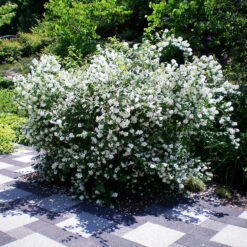

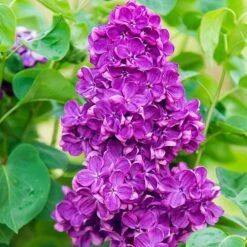
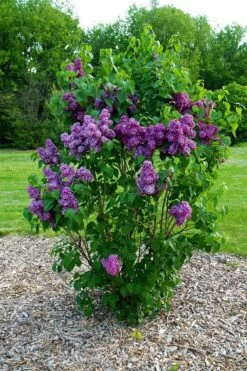
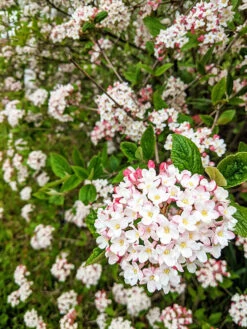
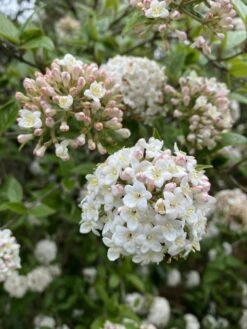

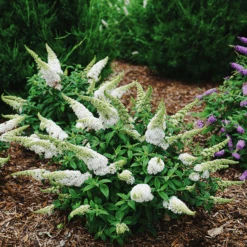
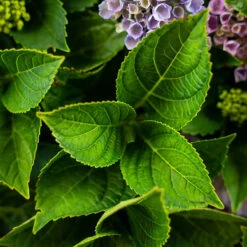


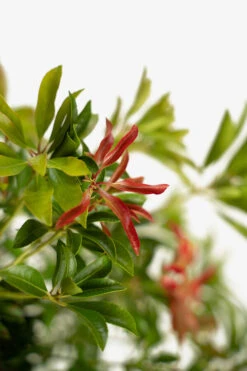

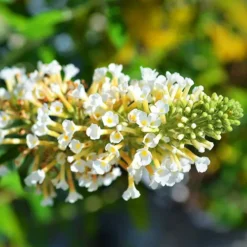

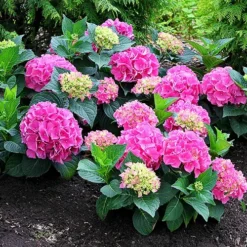


Reviews
There are no reviews yet.